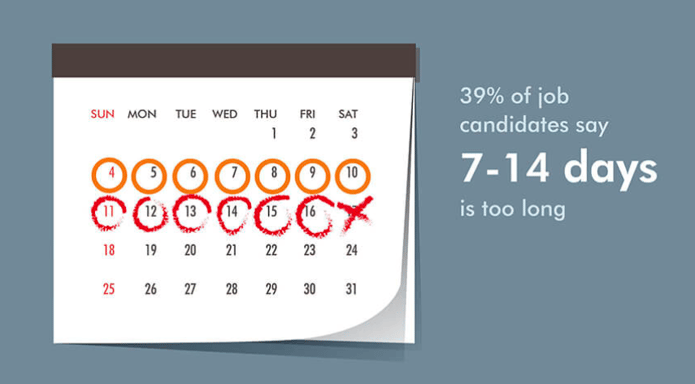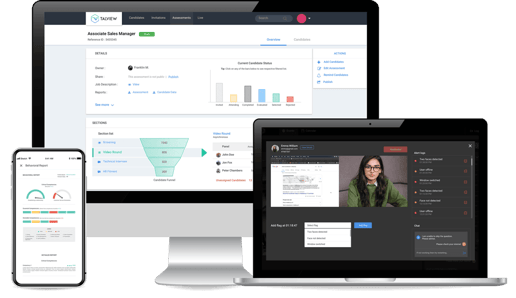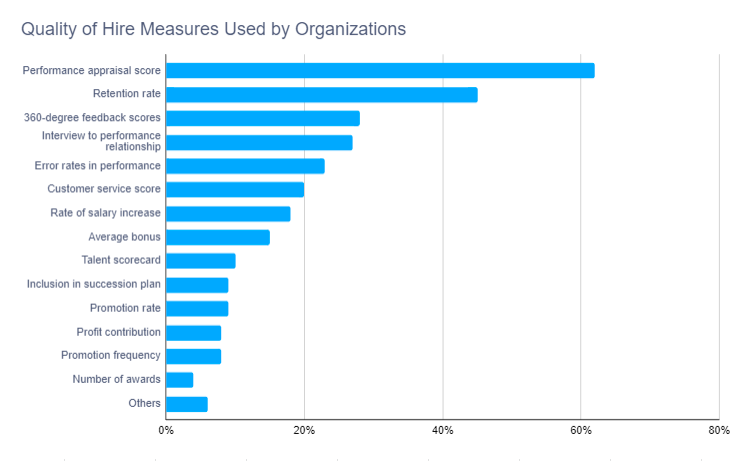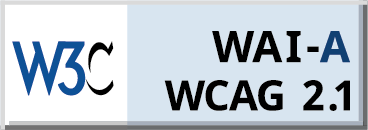Introduction
Recruitment metrics have become quite an essential aspect of today’s hiring for all the right reasons. These metrics reveal hard truths about an organization’s drawbacks and challenges and become that critic that helps them understand exactly where they need to improve their business and operational outcomes.
89% of HR professionals agree that they could use HR metrics to plan the future of their workforce; only 1% disagree.
For example, if you are an organization that hires all year long, have an elaborate hiring process to ensure you get the right candidates but are still somehow barely able to get by your quarterly targets, chances are you need to reevaluate your approach.
Here is where the three most important yet basic metrics come into play — time to hire, cost per hire, and quality of hire. These metrics can be called the three pillars of effective recruitment and are quite interrelated.
Taking the same example, if you start tracking every step of your hiring process, such as the length of the interview and the interview questions, the people and panel involved, time taken to evaluate each candidate, travel time of panel members, etc., you will be able to trace back exactly which step takes up unnecessary chunks of your time and money and why you are not able to get quality candidates.
In a candidate-driven market, such as the one we are living in right now, every setback in your hiring process can make you lose out on good talent. If you want to hire a candidate at a lower cost to the company, that might increase your time to hire and get you sub-par talent (refer to the image below), then, these metrics help employers be analytical and get the most out of their recruiting efforts.
This has been enabled further with HR technology tools that make it easier for you to record and analyze every step of the process and take calculated action. Hiring software companies can help you screen, assess, and interview candidates on their platforms and sort out all relevant candidate information to make data-driven hiring decisions.
Coming back to hiring metrics, time, cost, and quality of hire are not the only metrics that can help you hire better. For example, time to fill, source of hire, attrition rate, applicants per opening, and offer acceptance rate are some of the excellent hiring metrics to track the competency of your hiring process. But from our perspective, these are the three pillar metrics that majorly affect your overall hiring process.
Let’s take a look at these three hiring metrics that every organization should focus on and learn the right ways to measure them.
The Three Key Hiring Metrics to Track for Efficient Hiring and How to Measure Them:
#1. Time to Hire
Time to hire is arguably the most important recruitment metric. It is defined by the period between the moment someone applies for a job in your organization and the moment that person accepts the offer. It only considers the number of hours or days it takes you to hire someone.
This is often confused with time to fill metrics, which is the period between the rise of a new job vacancy in your organization till the moment that position is filled.
According to LinkedIn’s research, time to hire is a “north star” hiring metric that most organizations use to measure their hiring success. It is an excellent guiding metric to evaluate the efficiency of your selection process as it tells you exactly which step of the hiring workflow is taking a long time. It not only affects one's quality of hire, but also the costs of the company with every delay.
According to the same research, only 30% of companies are able to fill a vacant role within 30 days. The other 70% of companies take anywhere between 1-4 months to process a new hire.
This is where most organizations lag behind. A lengthy hiring process can cause candidates to lose interest, leading to a loss of potential talent. In a survey conducted by Robert Half, 4 out of 10 applicants said 7-14 days is too long to hear back from potential employers. 23% of participants said they would wait for just one week to hear back from them.

Source: Robert Half
Read about the painful costs of having a hiring lag.
By measuring time to hire, you can identify such issues and take corrective measures. This helps organizations to, in turn, improve the candidate experience as well.
How Do You Measure Your Time to Hire?
There is a simple formula that can help you calculate the average time to hire in your organization.
| Average time to hire = Total no. of days to hire for all vacant positions / total number of positions vacant |
How Do You Reduce Your Time to Hire?
Technology has come a long way to enhance, enable, and improve our day-to-day lives. Even with hiring, HR tech tools help recruiters save from doing repetitive tasks.
Tools such as the applicant tracking system, background check software, online skill, and behavioral assessment platforms, video interviewing software, etc. have been able to virtually move every step of the hiring process online. This has made it easier for recruiters and hiring managers to streamline the process and not waste time trying to remember vague details of an interview.
Talview is one such platform that enables organizations to automate their entire hiring process and reduce their hiring lag considerably.
Talview offers an end-to-end recruitment platform that enables employers to screen, assess, interview, and hire quality candidates. So you don’t have to buy separate tools for screening, scheduling, pre-hire assessments, and final interviews.

For instance, here’s how Talview helped HCL, who was looking for an efficient and quick screening solution, save 200 hours of panel time with their video interview solution.
This is what the Group Project Manager at HCL America Inc had to say about Talview’s video interview solution and how they used it:
A lot of times it was difficult to coordinate time to schedule interviews with so many candidates. Talview’s Asynchronous Video Interviews gives us the flexibility to screen candidates at our own time, as well as allocate tasks within the team. The success rate of the conversions with Talview has been good, and Talview has been a great help for the team here.
#2. Cost Per Hire
Cost per hire is the second biggest guiding metric for recruitment. It refers to all costs associated with filling a position. Your average cost per hire can include internal costs such as the recruiter fees, learning and development fees for your recruiting team, to external costs such as advertising, referral fees, assessment center fees, test providers, and more.
Understanding your organization’s cost per hire helps leaders with budget allocation and creates benchmarks for future planning. According to the Talent Acquisition Benchmark Report by SHRM, the global average cost per hire is $4,425.
Companies that use the average cost per hire metric consistently have one great advantage - tracking internal and external costs that helps talent acquisition teams create reasonable budgets. It helps them realize exactly where money is being spent accurately and where money can be saved.
The cost per hire metric is directly connected with time to hire. For instance, the faster a position gets filled; the lower the cost of hiring.
How Do You Measure Your Average Cost Per Hire?
Here is a formula that you can use to calculate your average cost per hire:
| (total internal recruiting costs + external recruiting costs) / (total # of hires in a given time frame) |
The key is consistency. Meaning, for example, if you have counted the cost of employer branding or of social media advertisements once, you need to count it every time you calculate the cost of hiring. Leaving it out will give you an inaccurate analysis of the actual cost of hiring to the company.
How Do You Reduce Your Cost Per Hire?
One way to reduce costs is purchasing and implementing recruiting software that integrates with our existing LMS. Otherwise, you spend more time and money supporting and implementing software from multiple vendors. The added benefit is everything is in one place, and your process can be much more organized and streamlined.
For example, our hiring solution can plug and play with any popular LMS or ATS, providing a simple experience for your users and enabling data to flow seamlessly between your systems. In the case of ZS Associates, this and our low bandwidth internet capability enabled ZS Associates to reduce their hiring cost significantly.
#3. Quality of Hire
Quality of hire (QoH) is another important recruitment metric as it measures the value a new hire brings to your company.
Quality of hire metrics look at post-hire data and help employers gauge how effective their hiring is based on attrition rate, turnover rate, the job performance of employees, the satisfaction rate of hiring managers, etc.
Quality of hire is a difficult metric to track. You can only measure it many months after you’ve made a hire. It is also difficult to track as quality is often subjective.
According to LinkedIn’s Global Recruiting Trends report, 39% of respondents agree that quality of hire is the most valuable metric for performance and also call it “the magic metric.”
The good news is the overall percentage of organizations measuring the quality of hire has risen from 19% in 2015 to 23% in 2016, which is a sign that more companies are focused on improving their hiring process.

Source: SHRM’s Talent Acquisition Benchmarking Report
How Do You Measure Your Average Quality of Hire?
Since we have established that tracking the quality of hires can be subjective and can differ in organizations, it can be confusing to understand exactly how you can measure it. Keeping this in mind, a basic formula that can be applied for measuring the quality of hire is included below. All you have to do is identify all the indicators (a quantifiable recruitment metric that indicates the quality of hire) you want to take into account to measure quality in your organization and add them to this formula:
| Quality of Hire = (Indicator 1 % + Indicator 2 % + Indicator 3 %) / 3 (this is the total number of indicators) |
For example,
Quality of Hire = (job performance + employee lifecycle + retention rate) / 3
How Do You Improve Your Quality of Hire?
To improve your quality of hire, first, decide which indicators will be used for measuring the quality of hire. Once you decide on that, consistently track them for the best results.
You should define objectives or the Key Performance Areas for each vacant position and communicate them clearly to candidates and new hires. You can do that by having a well-written job description and by sharing it when onboarding new employees.
You need to set up effective ways of communication across your organization. Make your employees feel that you are accessible to them whenever they wish to speak to you. This creates a positive and welcoming work culture and makes employees more productive.
A study by McKinsey estimated how automation in recruitment could boost global productivity by 1.4%.
Once you shift your hiring process online, you automatically free up space to make better hiring decisions, write more accurate job descriptions, focus on creating hiring strategies that help you streamline the process and hire more fit candidates.
Not only that, once you find the right automation tools for your business, you will instantly see that the quality of candidates being screened and approved to be much better suited for your requirements.
Automation tools will help you cut down your time to hire and standardize your entire process, making it more accurate and suited to your requirements.
With HR tools such as Talview, you can automate your entire hiring process. We provide an online solution for screening, assessing, and interviewing top talent, enabling you to deliver a fully digital experience to any candidate who applies to your company. Candidates can take assessments or interviews on the go from their mobile phones.
Read the use case of a business consulting organization that was looking for a way to streamline its screening and onboarding process. In the process, they were also able to cut their hiring cost and improve their quality of talent pool considerably with the Talview Video Interviewing product.
Conclusion
Tracking recruitment metrics of time, cost, and quality of hire is paramount in efficient hiring. Where time to hire helps businesses invest their time on only the tasks that are important, cost per hire enables businesses to cut redundant hiring costs, and quality of hire lets employers know the value that their employees bring to the organization.







Leave a Reply